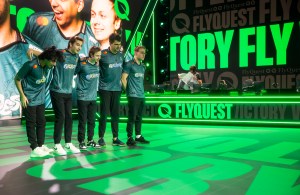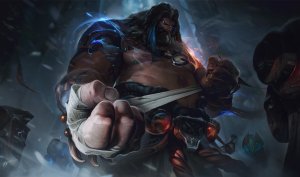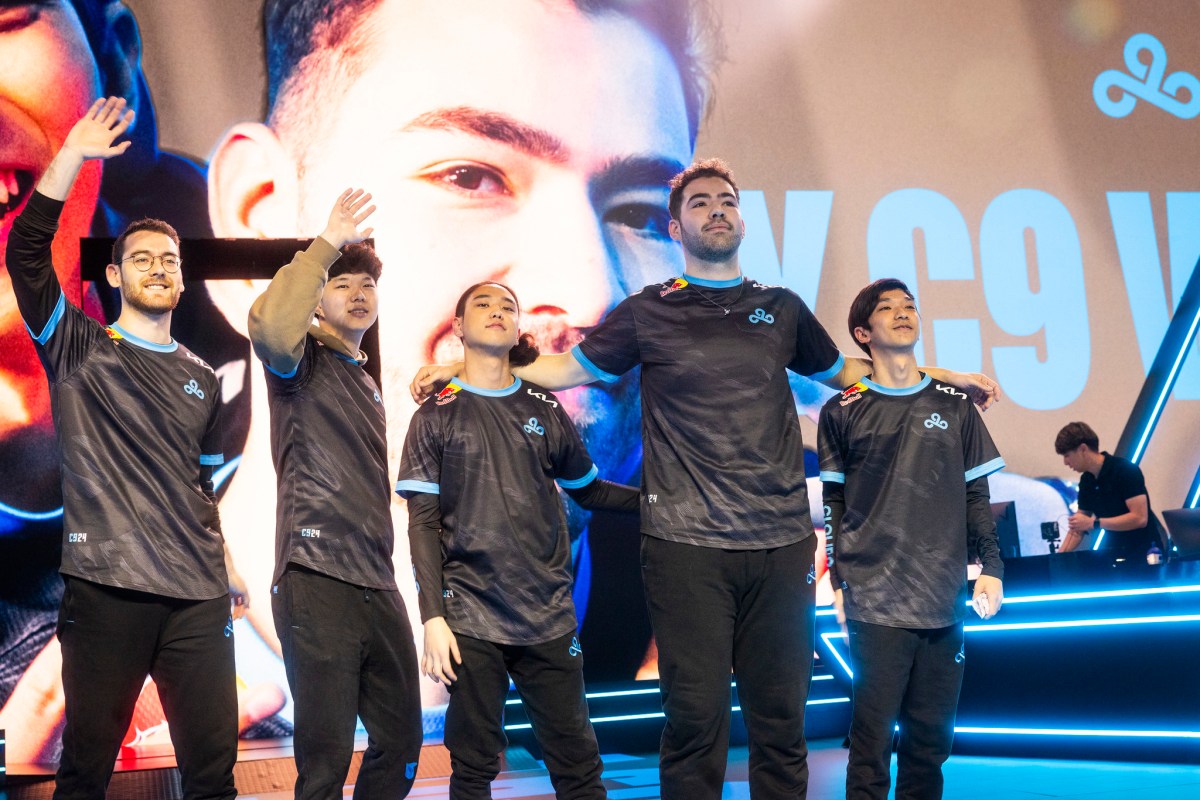The LCS is home to some of the most passionate players and fans in all of professional League of Legends. But over the last several years, interest appeared to be waning.
Viewership went down, conversations about the place of the league compared to others internationally increased, and ongoing controversies remained one of the sole talking points over the competition itself. Entering the 2024 Spring Split, however, Riot Games and the LCS team—helmed by new commissioner MarkZ—sought to reinvigorate the region, acknowledging their previous faults and hoping to better implement feedback. And in just the first two days of the split, it seems like we have entered a new golden age of the LCS, with so much more to come.
Less downtime, more action


One of the longest-standing issues regarding the LCS broadcast was the large periods of time between games, which were filled with ads, post-game breakdown segments, and the occasional comedic skit. While those were aimed at providing viewers with more entertainment options as teams prepared to take the stage, the long intermissions—coupled with the inevitability of unexpected pauses—meant a day of games would run for upwards of four to five hours, well into the night for League fans in North America.
This was one of the areas the LCS broadcast sought to tackle with the 2024 Spring Split, and it seems to have paid off so far. Nearly 15-minute intermissions have turned into two or three minutes, with the broadcast filling that space with a short post-game interview or video to keep fans enticed while they wait. With the added change of teams drafting before they step on stage, the LCS broadcast has truly taken fan feedback into account, streamlining and condensing the broadcast experience for fans and players alike.
The results of a hectic rostermania


It’s been a while since LCS fans have witnessed an offseason as hectic as this most recent one. From the movement of players to rosters that seemingly form superteams to the reduction of the size of the league as a whole to eight teams, it wasn’t exactly clear how the updated format for the LCS would unfold, but the excitement was nonetheless unparalleled.
In the opening weekend, it was Cloud9 and FlyQuest who dominated the competition. C9, thanks to the addition of reigning MVP Jojopyun and the return of Vulcan, handily broke through the offense of NRG in a rematch of the 2023 LCS Championship grand finals, once more showcasing a jungle-led team synergy that had afforded them numerous consecutive titles in the past. Meanwhile, FlyQuest’s complete roster renovations shined with a particular focus on rookie ADC Massu, who triumphed over LCS veterans like WildTurtle and Tactical while also showing a clear understanding of the season-start double support item meta.
C9 and FlyQuest are the only teams who exit the opening weekend of the 2024 Spring Split undefeated, with just five weeks left in the regular season to go. Though there’s still ample time for other teams to rise in the standings, the performances of these two powerhouse rosters set the tone for what’s to come for, realistically, the remainder of the year and into international competition.
A meta undefined—with limitless potential


The plentiful changes included in the 2024 season—from the removal of Mythic items to complete alterations to Summoner’s Rift itself—have required players of all skill levels to relearn strategies that once came normal to them. And this has been no different in professional play. In just this first week of the LCS Spring Split, 41 unique champions were played, with only a handful of those picks being contested in nearly every game. With such diversity in champion picks, there was never any certainty as to what exactly would be played each game, increasing the excitement factor for fans eagerly awaiting the professional take on the new meta.
And this is a sentiment that is set to continue for the rest of the year in the LCS thanks to live patch play. Now, more than ever before, there is added incentive for viewers to tune into the professional North American scene, acting as the first region to showcase new strategies that accompany each patch of the season.
While a steady increase in viewership isn’t something that can be achieved overnight, the overhaul to the LCS and its spot in the larger professional League scene has set in motion a massive shift for the North American league—with this first weekend setting a promising precedent of what’s to come.


